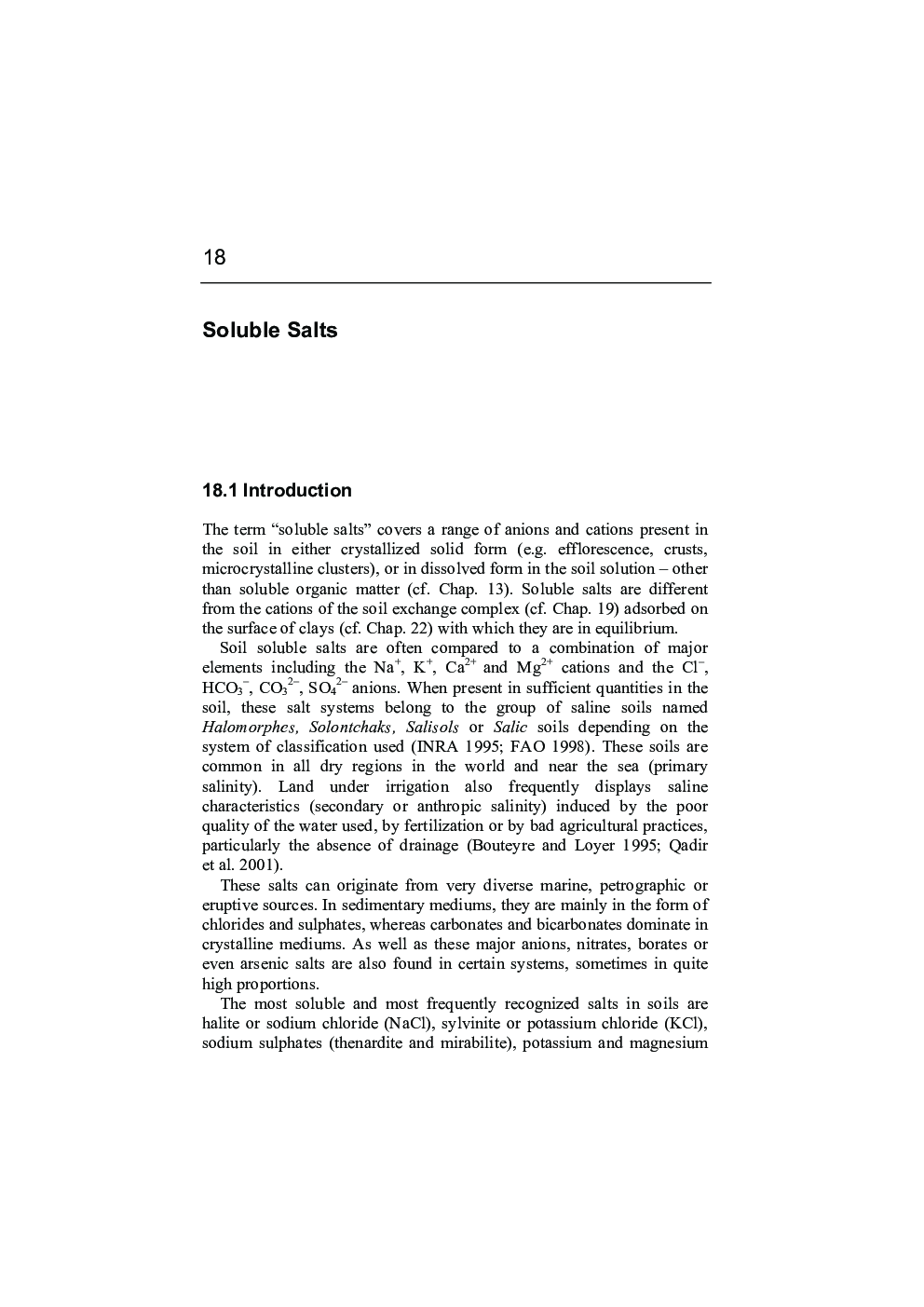| Article ID | Journal | Published Year | Pages | File Type |
|---|---|---|---|---|
| 9619913 | Computers and Electronics in Agriculture | 2005 | 24 Pages |
Abstract
Spatial characterization of the variability of soil physico-chemical properties is a fundamental element of (i) soil quality assessment, (ii) modeling non-point source pollutants in soil, and (iii) site-specific crop management. Apparent soil electrical conductivity (ECa) is a quick, reliable measurement that is frequently used for the spatio-temporal characterization of edaphic (e.g., salinity, water content, texture, and bulk density) and anthropogenic (e.g., leaching fraction) properties. It is the objective of this paper to provide the protocols for conducting a field-scale ECa survey (Part I) and apply these protocols to a soil quality assessment in central California's San Joaquin Valley (Part II). The protocols are comprised of eight general steps: (i) site description and ECa survey design; (ii) ECa data collection with mobile GPS-based equipment; (iii) soil sampling design; (iv) soil core sampling; (v) laboratory analysis; (vi) calibration of ECa to ECe; (vii) spatial statistical analysis; (viii) GIS database development and graphic display. For each outlined step, detailed discussion and guidelines were presented. The developed protocols provide the guidelines to assure reliability, consistency, and compatibility of ECa survey measurements and their interpretation.
Keywords
SARSSMUUSDA-ARSECAESPEMVTDRDPPCCECEMHIDWECeECwNPsElectromagnetic inductionexchangeable sodium percentageTime domain reflectometryGISGPSGeographic information systemGlobal Positioning SystemSalinitycation exchange capacityorganic matterInverse distance weightingElectrical resistivitynon-point sourceSpatial heterogeneitysodium adsorption ratioApparent soil electrical conductivityelectrical conductivity of the saturation extractSaturated hydraulic conductivityLeaching fractionPrecision agricultureSoil quality
Related Topics
Physical Sciences and Engineering
Computer Science
Computer Science Applications
Authors
D.L. Corwin, S.M. Lesch,
